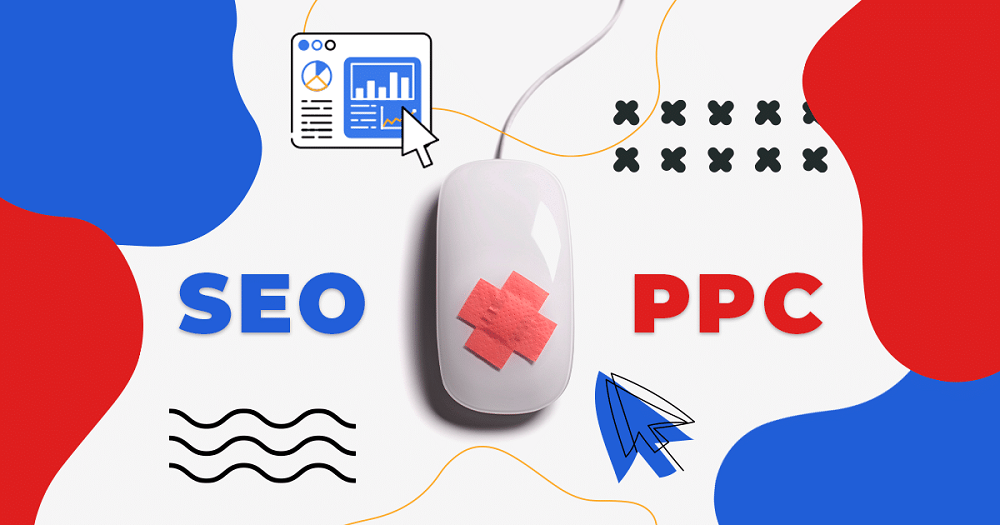In all businesses and accounting functions, purchase orders (POs) are an important everyday transaction but what is a purchase order and why are they important? A PO represents a formal request to a supplier to provide goods or services. The document is an agreement between the buyer and seller and serves as a legal document that authorises the seller to proceed with the delivery of the goods or services.
POs are important because they protect both the buyer and the seller. For the buyer, a PO ensures that the goods or services ordered are received as specified, and at the agreed-upon price. For the seller, a PO provides evidence of an order placed, which can be used for accounting and inventory purposes.
Read on for more information about purchase orders, including key terms, tips for creating effective POs, how to streamline the process with software, and an overview of the ordering process to follow for all businesses.
What Is A Purchase Order?
A purchase order (PO) is a document generated by a buyer to confirm an intention to buy products or services at a given price. Once the PO is accepted by the seller, it becomes a contract between the two parties.
POs are commonly used in business-to-business transactions, but can also be used in retail situations. For example, if you are buying a piece of furniture from a store, you may be asked to fill out a purchase order before the sale is finalised.
What Does A Purchase Order Include?
The purchase order will typically include the following information: name and contact information for the buyer and seller, a list of the products or services being purchased, quantities of each item, the price of each item, shipping details, and any special instructions. The purchase order also typically includes terms and conditions regarding payment, shipping, and return policy.
Once the seller receives the purchase order, they should review it carefully to ensure that they can meet the buyer’s needs. If everything looks correct, the seller will then send an invoice to the buyer for the total amount of the purchase. Once the buyer pays the invoice, the transaction is complete and the goods or services will be delivered to the buyer according to the terms of the purchase order.
Why Are Purchase Orders Important?
A purchase order is a formalised request to a supplier to provide goods or services at a set price. Purchase orders are important for both buyers and sellers for several reasons.
POs Are Important For Buyers
Purchase orders provide a clear record of what was ordered when it was ordered, and how much it will cost. This creates a paper trail that can be used for accounting and auditing purposes. Additionally, purchase orders can be used to track inventory levels and budget spending.
POs Are Important For Sellers
Purchase orders provide a guaranteed sale and can be used as written evidence of an agreement in the event of a dispute. Additionally, they can be used to track customer orders and ensure that goods are shipped on time.
Purchase orders are important for both buyers and sellers as they provide documentation of the agreement, help to track inventory levels, and can be used to avoid disputes during a transaction.
How To Create A PO
Creating a PO is a straightforward process, but it’s important to make sure that all the relevant information is included before they are signed by either party. As each company will have a different process for creating and tracking POs, if you are asked for a PO as a member of staff, it’s important to check with managers at your firm on the correct process to use if you are asked for a PO at work. If you run your own business, you will be able to set your way of creating and managing PO records.
Regardless of how they are created, every PO should include:
- The seller includes their contact information.
- The proposed purchaser and their contact information
- The goods or services that are being purchased need to be listed and include any relevant details such as quantity, price, delivery date, etc.
- The PO will need to be signed by the purchaser to indicate an intent to purchase.
- Once the PO is signed by both parties, it becomes a binding contract.
The whole process of creating, tracking and managing purchase orders helps to ensure business purchases go smoothly and that you receive the goods or services you expect.
Different Ways To Create A PO
There are generally two different ways that a PO can be created. Manual PO creation through the use of paper or electronic forms that need to be filled out and then sent to the supplier. The second way to create a PO is electronically, using specialised software.
Some popular options include manual creation using office templates, specific PO software, and marketplace platforms. While all options achieve the same goal, the most suitable option for you will depend on the needs and preferences of your business. Here is a brief overview of each, with some of the pros and cons to consider.
Office Templates
You can easily create a simple purchase order manually using a word processing program such as Microsoft Word or Google Docs. Simply create a document with the information required and then print it out or email it to the seller. You can then reuse the same template over and over, just updating the information contained within it for each transaction.
You will need to keep a record of the PO on a central list and have a good filing structure to ensure your POs are easily identifiable and can be found quickly when needed. While this is probably the simplest way to create a purchase order, manual PO creation like this can be a time-consuming process, is prone to errors, and may not be as organised or as easy to keep track of as using dedicated software.
PO Specific Software
One option is to use software specifically designed for creating purchase orders. This can be especially helpful if you’re purchasing from multiple vendors and need to keep track of all your orders in one place. There are many different software programs available, so it’s important to choose one that will meet your specific needs. Plenty of finance packages such as Xero or Quickbooks include purchase orders as a segment in addition to invoicing and quote creation.
This method is much faster and more accurate than manual creation, and it also allows for easier tracking of purchase orders which means you only need to enter the information into your system once. Once a PO is created, the system will easily use the information within it to then create and send invoices related to the sale.
In most cases, this is the preferred method for creating a PO but there may be some instances where manual creation is necessary, such as when dealing with a very small order or with a supplier that does not have electronic ordering capabilities.
Marketplace Platforms
Another option is to use an online service such as Shopify or Amazon Business. These platforms provide templates that you can use to create your purchase orders. You can also manage your inventory and track your orders all in one place. This can be a convenient option if you sell products online through these kinds of specific marketplaces.
Finally, you can hire a professional service to create your purchase orders for you. This is probably the most expensive option, but it’s also the most hassle-free. If you don’t have time to deal with creating purchase orders yourself, this may be the best solution for you.
Benefits Of Using Purchase Orders
How To Make PO Processing Efficient
The accounts payable (AP) department is responsible for ensuring that all invoices are paid promptly. To keep things on track, an efficient PO system is needed to prevent late payments and unhappy vendors.
- There are a few key steps to efficient PO processing: first, make sure that all POs are entered into the system promptly. This step allows you to track orders and avoid duplicate entries.
- Second, confirm that all POs are accurate before they are sent to vendors. This helps to avoid potential errors and delays in delivery.
- Finally, follow up with vendors regularly to ensure that orders are being delivered on time. By following these steps, you can create an efficient PO processing system that will save your business time and money.
It’s important to ensure that all members of staff understand the process used for invoicing in your company. They don’t have to do it themselves, but providing an overview of the system used will help to ensure that they can gather relevant information for their colleagues who are responsible for it. This will help to reduce errors and speed up the processing time. This ultimately leads to happier customers and a healthier bottom line for the business.
Key Terminology Surrounding POs Explained
As you will have seen in this article, there are plenty of steps and terminology in the process of moving enquiries through to sales. To break it down, here is a simple overview of the ordering process and the key terminology used when placing orders in business.
What Is A Vendor?
A vendor is a supplier or service provider. A vendor provides goods and services to customers.
What Is A Customer?
A customer is a person or organisation that buys goods and services from a vendor.
What Is A Supplier?
A supplier is a vendor that provides goods and services to customers.
What Is An Order?
An order is a request by a customer to a vendor to provide goods or services. Quotes and orders are similar in that they both represent a buyer’s intent to purchase goods or services from a seller. A quote is usually an estimate of the price of the goods or services, while an order is a formal request for the goods or services at a specific price.
What Is A Quote?
A quote is an estimate of the price of goods or services. Quotes and orders are similar in that they both represent a buyer’s intent to purchase goods or services from a seller. An order is a formal request for goods or services at a specific price whereas a quote is usually an estimate of the price of the goods or services.
What Is A Purchase Order (PO)?
A PO, or purchase order, is a document that is generated when an order is placed and includes the quantity and price of the goods or services that the customer is requesting as well as payment terms and shipping information.
What Is An Invoice?
An invoice is a bill for the goods or services that a vendor has provided to a customer. An invoice is a document that is generated by the seller after the goods or services have been delivered. It itemises the goods or services that were provided, along with the cost of each item. The invoice also typically includes information about how the buyer should pay the seller, such as payment due date and methods of payment accepted.
How Do Quotes, Orders, POs & Invoices Fit Together?
Quotes and orders represent the buyer’s intent to purchase, POs are generated when orders are placed, and invoices are generated after the goods or services have been delivered.
Summary
To recap; a purchase order is a document sent from a buyer to a seller, confirming the details of a product or service that is being purchased. They are important for ensuring clear communication between the two parties, as well as for keeping track of business expenses and purchases.
Without a purchase order, there could be confusion or misunderstandings about the exact items being purchased and at what price. Additionally, not having a paper trail of purchase orders can make it difficult for a business to accurately track its spending.























































































































































